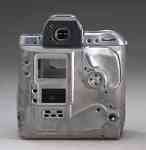 MUCH more info on Kodak's DCS 760 pro SLR!
MUCH more info on Kodak's DCS 760 pro SLR!
By
Mike Tomkins
(Thursday, March 22, 2001 - 13:46 EST)
Read on for lots of info and pics on what's new in the DCS 760...
As we mentioned in a news item posted earlier today, Eastman Kodak Co. today announced a camera we were first to tell you about yesterday, the Kodak DCS 760. We're happy to be able to bring you a lot more info on the camera now, including numerous images of the camera body and user interface, as well as the PC software which will accompany it... We'll start off with the pictures, and then go into the analysis of what's new. Hold your mouse pointer over each picture for a description of what you're looking at; as usual, a magnifying glass icon in the lower right corner of a picture means that if you click on it, you'll see a larger version (useful for the PC software pictures in particular):
| Kodak Professional DCS 760 | | Camera Body | 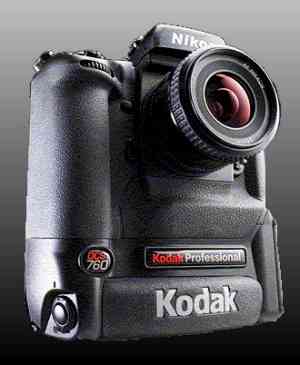 | 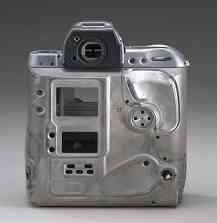 | 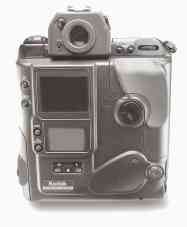 | 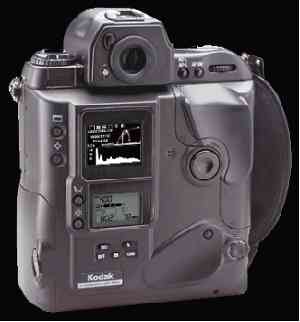 | 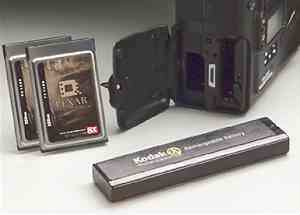 | 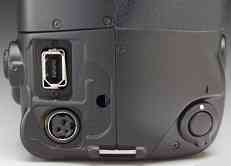 | 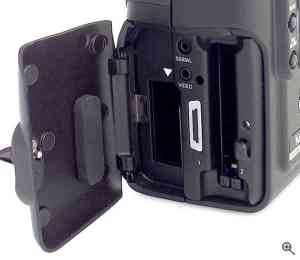 | | User Interface | 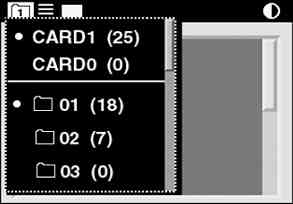 | 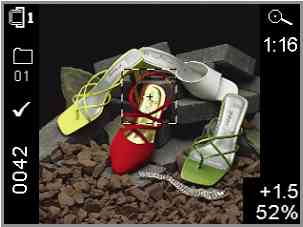 | 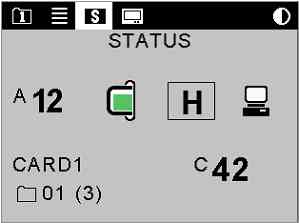 | 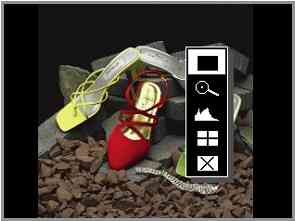 | 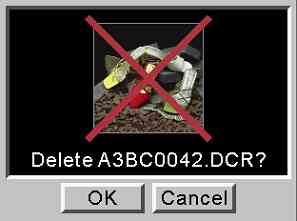 | 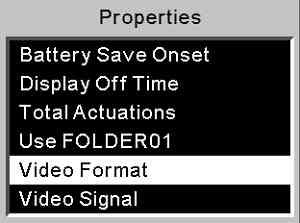 | 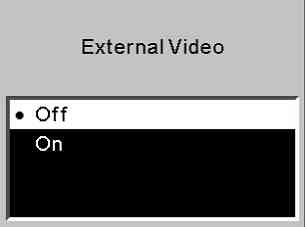 | | PC Software |  | 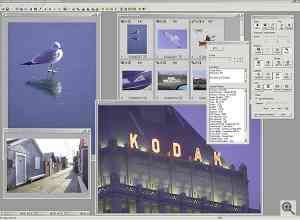 | 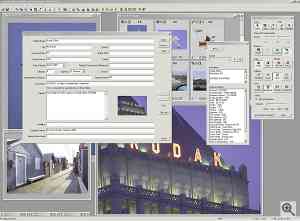 | 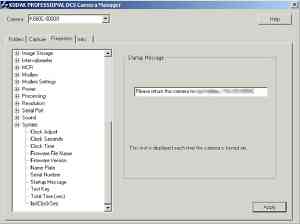 | | |
So - what do we know about the DCS 760, on top of what we've already told you? Kodak says that as well as the use of a 6 megapixel Indium Tin Oxide CCD sensor, it is using new low-noise electronics in the camera. The company feels that rival cameras won't be able to match up to the DCS 760 in terms of image quality - it should be interesting to see a direct comparison with for example Nikon's D1X and see just what Kodak's CCD and electronics can do!
We've already told you that the DCS 760 has a burst mode of 1.5 frames per second for up to 24 images - but take note, the spec sheet actually says 3 - 24 images, and we're told that the depth in shots of the buffer will vary depending on camera settings and scene complexity. Kodak claims a rapid shutter response time for the DCS 760, although no figures are given. The FireWire transfer rate has also been improved, with the DCS 760 featuring 400Mbps architecture and apparently being about 6 times faster than previous DCS models!
As predicted in our news item from before the camera was announced yesterday, Kodak has improved the LCD display. Along with the use of the new GUI (Graphical User Interface) first seen on the DCS Pro Back, the LCD is now larger and has improved contrast and a wider viewing angle. In review mode, the user can zoom in and see the picture at 1:1 resolution, something that we've often heard asked for...
With the combination of Type-II and Type-III storage, the DCS 760 should offer the highest in-camera storage of any digicam, and we're told that whilst it has not yet been tested, thanks to FAT32 storage the unit should work with Toshiba's 5GB Type-II PC cards, for 10GB of storage. This would translate to over 560 of the camera's 18MB files - pretty impressive! Cards of different voltages can also be used simultaneously. Composite video out connectivity can be used for reviewing images on something larger than the built-in LCD display, and is PAL / NTSC switcheable.
The camera will be sold with an IR blocking filter, hand strap, neck strap, power supply kit (including dual-slot battery charger, and AC adapters for both camera and charger), a Kodak Professional Premium Plus rechargeable NiMH battery, universal AC cable kit (5 international power cords and an auto adapter), IEEE1394 cable, documentation CD with quick-start guide, DCS Host Software CD, warranty card and service information...
Automatic TTL color balancing is said to 'automate color, tone scaling and exposure', and uses color data from the main image sensor. Both Kodak DCS PhotoDesk and DCS Camera Manager software will ship with the camera, with upgrades available from the Kodak web site. The DCS Camera Manager software will allow camera triggering remotely, and direct shooting straight to the PC. Camera properties can be set from the program, and camera information can be displayed. The program also allows the user to browse local folders...
Source:
Eastman Kodak Co.
|